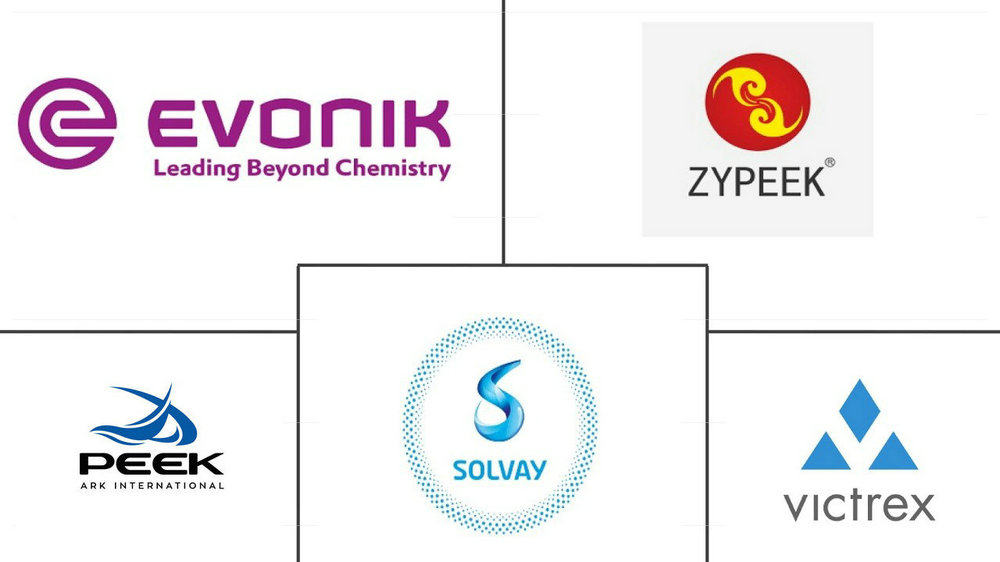
With rapid technological advancements, robotics is undergoing an unprecedented transformation. From industrial manufacturing to service sectors, the application scope of robots continues to expand. Simultaneously, the demand for high-performance materials is growing. PEEK (Polyether Ether Ketone), thanks to its unique properties, is gaining attention in the robotics field. This article explores the application of PEEK in robotics and forecasts the market size from 2025 to 2030.
As a core component of automation in manufacturing, industrial robots continue to experience steady growth. In 2024, China produced 556,400 units—a 14.2% year-on-year increase. Production is expected to surpass 600,000 units in 2025, with a sales volume of 325,000 units. The domestic component ratio will likely exceed 58%.
Key regions: Yangtze River Delta, Pearl River Delta, Beijing-Tianjin-Hebei, Northeast, and Central-West China. Guangdong leads in output for five consecutive years. Domestic core components like reducers and servo systems are maturing, with applications expanding into 3C electronics and new energy sectors.
2025 is expected to be the first mass production year for humanoid robots, with over 10,000 units produced globally. Tesla plans to produce 10,000 Optimus robots by 2025. Companies like Unitree Robotics and Fourier Intelligence are also entering small-scale production. Cities like Shenzhen, Shanghai, and Guangzhou are emerging as innovation hubs. The market is predicted to reach $66 billion by 2030 (Fortune Business Insights).
PEEK’s lightweight properties make it ideal for humanoid robots. Tesla’s Optimus Gen1 reduced its weight by 10 kg and increased walking speed by 30% using PEEK. With a density of 1.3–1.4g/cm³ (half that of aluminum) and a specific strength of 1500 N·m/kg, it outperforms steel and aluminum significantly.
PEEK offers excellent mechanical properties, high-temperature resistance (up to 260°C), and chemical stability—ideal for joints, bearings, and gears. It has a friction coefficient of 0.15–0.3 and tensile strength of 90–100 MPa, with an elastic modulus of 3.6–4.4 GPa.
Thanks to domestic production and scale, PEEK prices are dropping (RMB 300,000–400,000/ton vs. imported RMB 800,000–1,000,000/ton). Fluoroketone, the main raw material, accounts for over 50% of costs. As capacity grows, prices are expected to decline further.
Joints: ~1 kg per robot for gears and bearings
Reducers: ~8 kg (carbon-fiber reinforced PEEK) for harmonic and planetary reducers
Shells/Frames: ~6.6 kg, achieving 40% weight reduction while ensuring strength
Each part’s use case aligns with PEEK’s strengths. Its high strength-to-weight ratio suits joints; self-lubrication and wear resistance benefit reducers; lightweight yet strong shells enhance structure.
Assuming a price of $40/kg for domestic PEEK:
Joints: $5
Reducers: $40
Shell/Frame: $33
Total per robot: $78
Innovation: Enhancing performance or reducing costs.
Process Improvement: Efficiency gains and reduced waste.
Economies of Scale: Projected price drop to $30/kg by 2030.
2025: $70–80
2026–2028: $60–70
2030: $40–50
As of 2021:
Global: 14,800 tons
Domestic: 3,000 tons
Key producers: Victrex (48%), Solvay (17%), Evonik (12%), Zhongyan (7%)
By 2025: Global capacity projected at 23,000 tons, domestic at 11,000 tons (48%).
Victrex: 4132.5 tons (53.55%)
Solvay: 1425 tons (18.47%)
Evonik: 912 tons (11.82%)
Zhongyan: 622.74 tons (8.07%)
Zhongyan: 1000→1500 tons
ARKPEEK: 80→1700 tons
Jilin Poly: 200→1500 tons
By 2027, total capacity will meet only 1M humanoid robot demand (~11,000 tons). Domestic producers are gaining advantage via cost and responsiveness.
Highly monopolized: Victrex, Solvay, Evonik control over 80% of capacity. Victrex leads with 7150 tons/year (52%).
Domestic producers are breaking global monopolies through tech and capacity:
Zhongyan: 1000 tons (8.07% global share)
ARKPEEK and others expanding rapidly
Prices: Domestic PEEK at $35–60/kg (50% of imports)
Quality: Approaching international levels
China's effective capacity will exceed 9,000 tons/year by 2027. With maturing tech, PEEK will see wider use in robotics and EVs, accelerating import substitution.
Based on robot output, PEEK penetration, per-unit usage, and material price.
Humanoid Robots: 10,000 units × 15.6 kg = 156 tons
Industrial Robots: 600,000 units × 1 kg = 60 tons
Total: 216 tons × $35/kg = $1 billion
Humanoid Robots: 1 million units × 15.6 kg = 15,600 tons
Industrial Robots: 1 million units × 1 kg = 1,000 tons
Total: 16,600 tons × $30/kg = $6 billion
Annual growth will be driven by increased output and deeper material penetration, offsetting unit price decline.
PEEK’s robotics market will grow from $1B in 2025 to $6B in 2030 (CAGR: 16.5%). Growth is driven by:
Humanoid robot mass production
PEEK’s performance advantages
Cost reductions via localization and scale
With robotics expanding and PEEK technology maturing, applications will grow. Domestic innovation will boost competitiveness. Challenges remain (e.g., raw material costs, R&D), but innovation and cost control will be key.